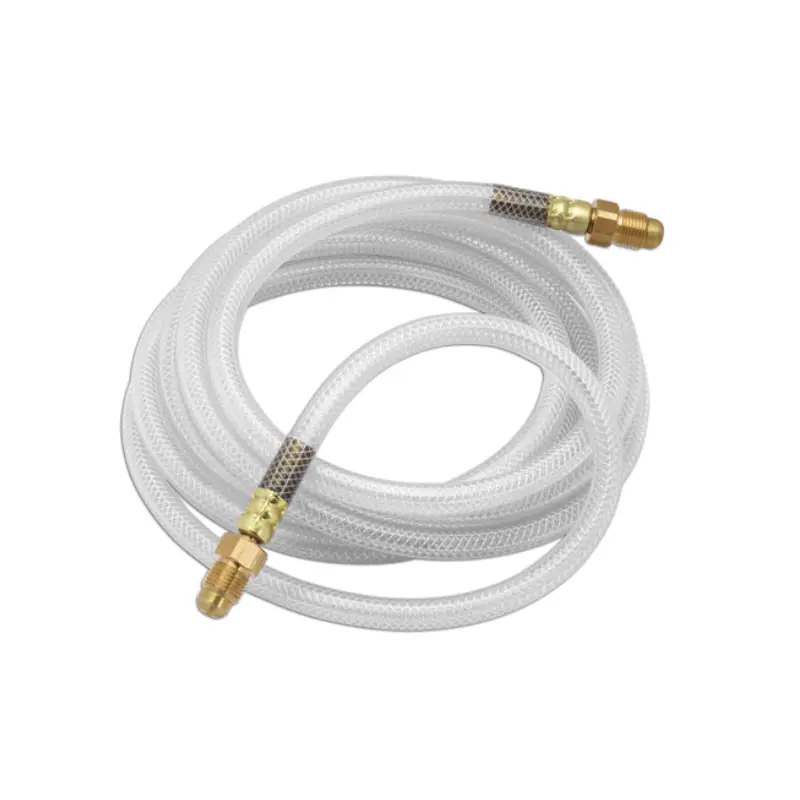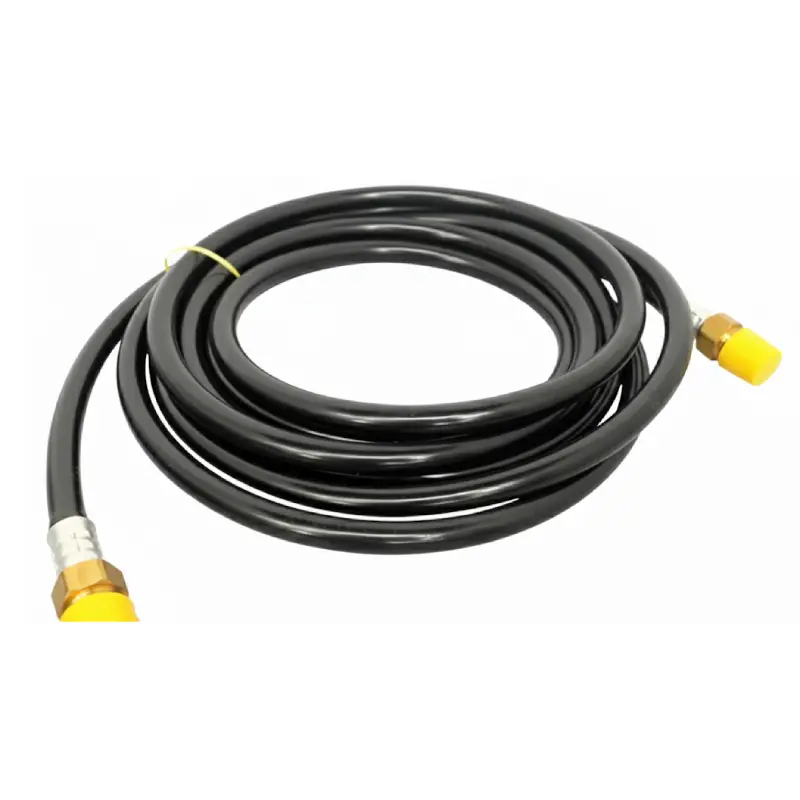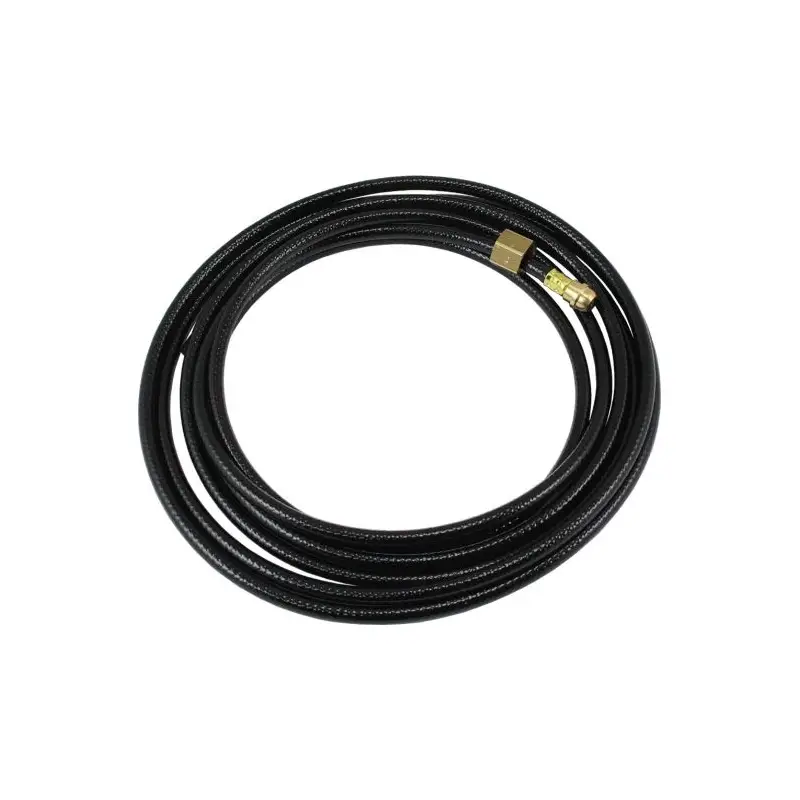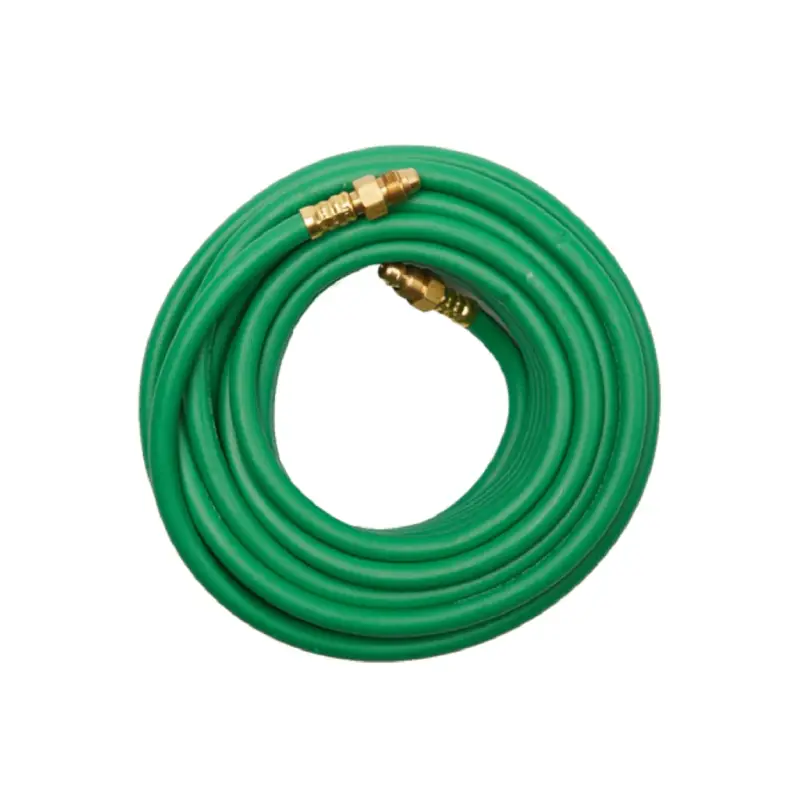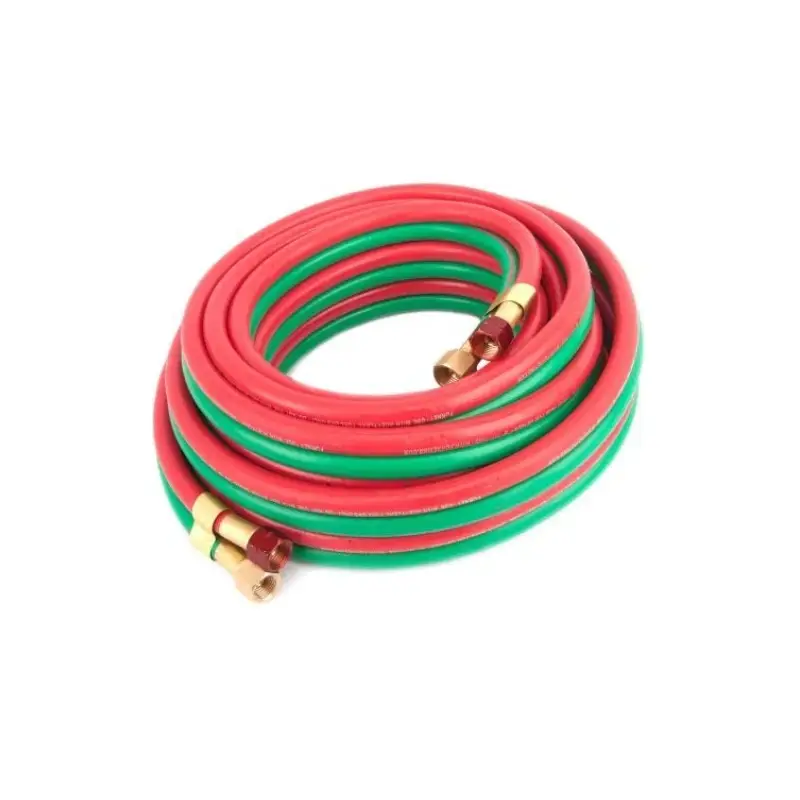We provide argon welding gas hoses designed for safe and efficient shielding gas transfer in welding processes. Our hoses ensure flexibility, resistance to wear, and consistent gas flow. Suitable for TIG, MIG, and industrial welding applications, they deliver reliable performance in workshops, factories, and field environments where stable argon delivery is essential.

